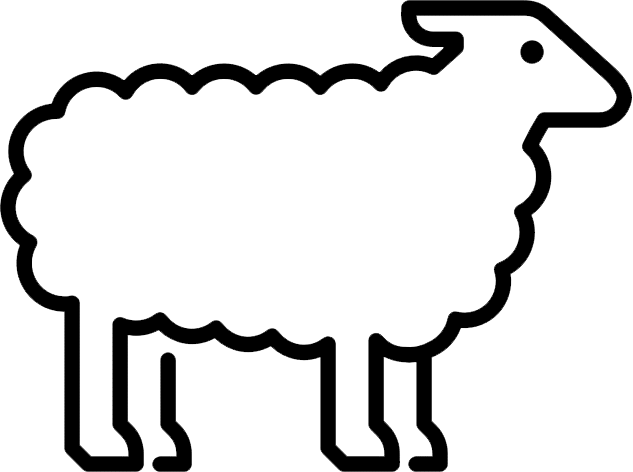
Eco-Focused, Regenerative, Human-Centric
The goal of HIR is to achieve...
…20% tree canopy coverage at two metres within 25 years through changing management to promote forest regeneration.
Human-induced regeneration can be applied if an area:
- has had grazing activities that have suppressed or reduced area of forest cover (forest defined as 20% canopy coverage at 2 metres)
- has forest cover potential (where, having regard to the location and characteristics of the land, trees are reasonably likely to reach forest) and
- has been destocked and/or managing the timing and extent of grazing on that land will allow areas of forest to regenerate.
Unlike other some other vegetation methods, HIR does not require active replanting of trees.
Instead, it works by changing management of stock, feral animals, weeds and ceasing clearing to reduce grazing pressure on vegetation including seedlings, allowing it to naturally regenerate into forest.
HIR projects are subject to permanence obligations of 25 or 100 years.
History
Before European colonisation of Australia, the dry arid and semi-arid rangelands supported few grazing animals – a few mobs of kangaroos with dingoes keeping their populations in check. As a result, the rangeland ecosystems had little grazing pressure.
As more of Australia opened up for rangeland livestock grazing, the land experienced a large increase in grazing pressure. After decades of research, we now know that high grazing pressure can reduce carbon storage, biomass, biodiversity and ecosystem function.
In 2013, the Clean Energy Regulator (Australian Government) introduced Human-Induced Regeneration of Permanent Even-Aged Forest 1.1 Methodology as a means of increasing carbon storage to mitigate climate change. This program rewards landholders with Australian Carbon Credit Units (ACCUs) for successful carbon capture by changing management to allow forest regeneration.
Science
In areas of low rainfall, stocking can alter the landscape, transforming woodlands to open plains and shrublands. This process occurs when feed grasses are eaten or die, leaving tree and plant seedlings vulnerable to hungry herbivores. Over time, seedlings are continuously eaten, leaving woodlands often unable to recruit the next generation.
Through management activities such as stopping mechanical destruction, reducing stocking rate and the number of waterpoints, controlling feral animals and implementing rotational grazing, the suppression of native forest is relaxed. Native forest can begin to regrow and regenerate – storing carbon in the woody trunks and biomass.
The amount of carbon stored is calculated using the government-endorsed modelling tool called FullCAM.
Examples of management changes

Spelling pasture

Ceasing clearing

Controlling feral animals

Controlling weeds

Reducing stocking rate

Improving fencing rate
Your HIR journey with us
Pre-registration Phase
1. First contact
We can approach you – or reach out to us today!
2. Free prefeasibility
An ecologist and spatial analyst assess your property’s suitability using satellite imagery and spectral signatures – at no charge.
3. Presentation
Our CEO and COO present to you how the project can work and expected returns.
4. Site assessment
Let’s get some more precision. We send specialist to check the prefeasibility against what’s on the ground.
5. Prepare for registration
Let’s work together to establish a contract that meets your needs.
CER Registration
Congratulations, it’s official!
Data Phase
7. Field work
We send an ecology and spatial team for approximately a week to your property to systematically collect data on carbon potential and map your property.
8. Stratification
Based on the field work outcomes and more data crunching, our spatial analysts finalise the Carbon Estimation Areas.
Finalise CEA maps, carbon yield and profit
Management and Revenue Phase
10. Workshops
We run a series of workshops with you, ironing out the management specifics to get the most carbon.
11. Management Plan
Let’s get it on paper. We summarise our workshop discussions and your needs in this document with a detailed plan of how to grow and protect your carbon.
12. Implement
Time to put the management plan into action!
13. Audit and offset report
We provide evidence to the Clean Energy Regulator of the carbon you’ve stored.
Get Revenue
We sell ACCUs on the market to get you maximum profit.
Congratulations!
14. CER issues ACCUs
15. Monitor and check
We periodically conduct site visits, check regeneration and help navigate any management concerns.
Rinse and Repeat Phase
Repeat Steps 12 – 15 as you grow your carbon.
16. Close out report
After 25 years, our journey is at an end.
Thank you for saving countless tonnes of carbon dioxide.
